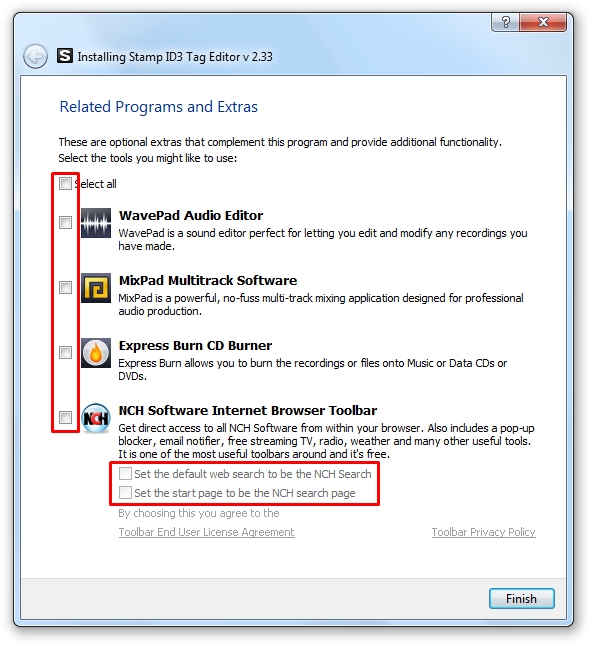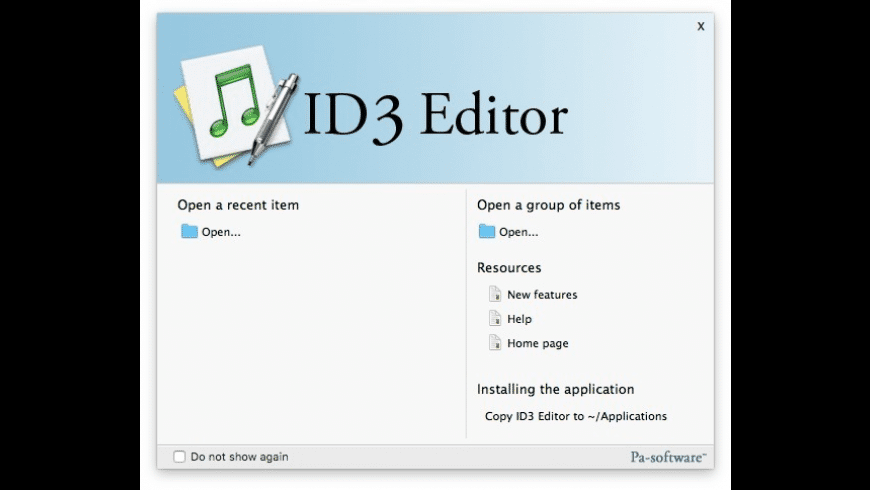
This means that these tags include logic that automatically changes the tag's behavior based on the user's consent state. Specific tags (such as Google Ads, Analytics, Floodlight and Conversion Linker) have built-in consent checks. Google Tag Manager includes several features that work together with Cookiebot to help you manage how tags behave in response to the end user's consent choices. The category ‘necessary’ (mapped to consent type security_storage) is by default set to ‘Allow’ and is not configurable, as it does not require consent. Users will be informed about the specific storage purposes in the cookie declaration, but this type does not require consent from the end user. video recommendationsĮnables browser storage related to security such as authentication functionality, fraud prevention, and other user protection. language settingsĮnables browser storage related to personalization e.g. visit durationĮnables browser storage that supports the functionality of the website or app e.g. GTM by default supports 5 different consent types that are automatically mapped by Cookiebot to the 4 categories used in Cookiebot CMP:Įnables browser storage (such as cookies) related to advertisingĮnables browser storage (such as cookies) related to analytics e.g. If a specific default consent state applies to multiple regions, you can add a comma-separated string of regions to the Region field.


For the United States it is also possible to use state-specific regions, e.g. Please use ISO-3166-1 alpha-2 country codes for region values.

In the example above, a global (blank region value) default consent state of 'denied' is defined for all users along with a specific 'granted'-state for users from California (US-CA). You can change this default behavior and add different default consent states for users in different geographical regions by clicking "Add region" under the "Default Consent State" section. Make sure that you have registered and saved the domain name(s) of your website(s) in Cookiebot.ġ.1 Defining the Google Consent Mode default consent stateĪ default consent state of 'denied' will apply until the user has submitted a consent. This is what your tag configuration should look like (except for the value of the Cookiebot ID): In the "Cookiebot ID" field, copy in the ID from the 'Your Scripts' tab under your account on .Ĭhoose " Consent initialization - All pages" as trigger and apply a name to your tag at the top of the configuration page, e.g. Next, create a new tag by clicking "New" ❯ "Tag Configuration" and select " Cookiebot CMP " from the list of standard tag types. Select the "Cookiebot CMP" item and click the "Add to workspace" button. When you click the Get Started button, a pane will slide in from the right where the Cookiebot CMP template should be one of the featured CMP templates.Īlternatively, add a new tag and click the "Discover more tag types in the Community Template Gallery" itemĮnter "Cookiebot" in the search field to find the Cookiebot CMP tag template Ĭheck the "Enable consent overview" box under Additonal Settings and save your changes: If you don't see this icon, you can enable this function on the Admin tab, under Container Settings. You can find the Consent Overview by clicking on the icon on the Tags section. The easiest way to do this is by clicking the Get Started button on the Consent Overview Implementing the cookie consent banner in GTMįirst, obtain the Cookiebot CMP tag template from the Template Gallery. We assume that you've already created a GTM account, created a website container in GTM, and added the GTM container snippet to your website as required: ġ. Display the cookie declaration on a subpage.


 0 kommentar(er)
0 kommentar(er)
